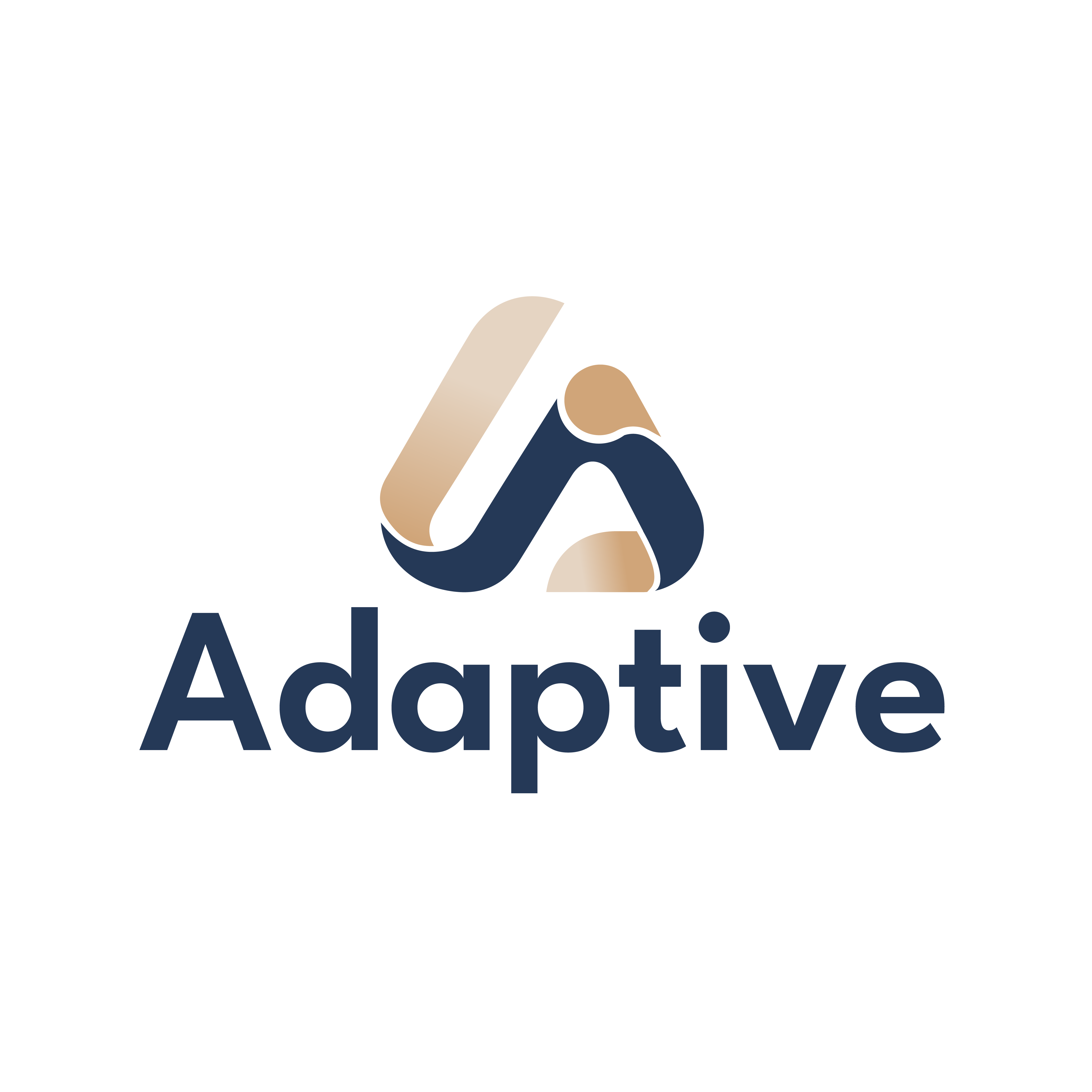Performance Highlights
Model Selection
<1ms
Instant routing decisions
Instant routing decisions
Throughput
10,000+
Requests per second
Requests per second
Cache Hit Rate
60-90%
Multi-tier efficiency
Overhead
<3ms
Total added latency
Total added latency
Architecture Advantages
Lightning-Fast ML Pipeline
1
No LLMs in Routing
Pure ML classifiers make decisions instantly without large model inference
2
Pre-computed Embeddings
Classification happens without real-time embedding generation
3
Optimized Algorithms
Purpose-built for speed over complexity with zero unnecessary overhead
Multi-Tier Caching System
L1: Prompt-Response Cache - Microsecond responses for identical requests (40-60% hit rate)L2: Semantic Cache - 1-2ms responses for similar meaning requests (20-30% hit rate)
L3: Router Cache - 5-10ms responses for provider health decisions (nearly 100% hit rate)
Go-Powered Backend
Native Performance
Compiled binary with no runtime overhead
Massive Concurrency
Handle thousands of simultaneous requests with goroutines
Memory Efficient
Minimal garbage collection impact
Fast Startup
Sub-second cold start times
Real-World Metrics
Latency Breakdown
Throughput Characteristics
Sustained Load
10,000+ req/s
Continuous high throughput
Continuous high throughput
Burst Capacity
50,000+ req/s
Short-term peak handling
Short-term peak handling
Linear Scaling
2x instances = 2x capacity
Predictable performance scaling
Predictable performance scaling
Performance Optimizations
Smart Request Processing
1
Parallel Classification
Request analysis happens concurrently with provider health checks
2
Pre-computed Routes
Common routing decisions are cached and reused across requests
3
Async Health Checks
Provider status updates happen in background without blocking requests
Efficient Data Handling
Zero-Copy Operations
Minimal memory allocation and copying during request processing
Connection Pooling
Persistent connections to all providers reduce connection overhead
Optimized JSON
Fast parsing and serialization with minimal allocations
Resource Management
Graceful degradation under extreme load conditions
Performance Comparison
Benchmarks run on identical hardware (4 CPU cores, 8GB RAM) with 1000 concurrent requests.
| Solution | Model Selection | Memory Usage | Cold Start | Throughput |
|---|---|---|---|---|
| Adaptive | <1ms | 50MB | <1s | 10,000+ req/s |
| Python-based | 50-200ms | 500MB+ | 10-30s | 500 req/s |
| LLM-based routing | 1-5s | 2GB+ | 60s+ | 10 req/s |
Cache Performance
Hit Rate Optimization
Repeated Queries
90%+ hit rate
FAQ-style applications
FAQ-style applications
Similar Content
60-70% hit rate
Content generation tasks
Content generation tasks
Unique Requests
20-30% hit rate
Highly varied applications
Highly varied applications
Cache Warming
Adaptive automatically pre-loads cache with common patterns. Manual warming:Monitoring and Observability
Track performance in your Adaptive dashboard:- Request latency trends and percentiles
- Cache hit rates across all tiers
- Provider performance comparisons
- Cost savings from cache hits
- Throughput and scaling metrics
Scaling Considerations
Horizontal Scaling
1
Load Balancing
Multiple Adaptive instances can be load-balanced for higher throughput
2
Cache Sharing
Distributed cache layers maintain efficiency across instances
3
Auto-scaling
Automatic instance scaling based on request volume and latency
Performance Best Practices
Enable All Caches
Use both semantic and prompt-response caching for maximum performance
Connection Reuse
Use persistent connections and connection pooling in your clients
Batch Requests
Group similar requests together when possible for better cache efficiency
Monitor Metrics
Watch performance dashboards to identify optimization opportunities
















